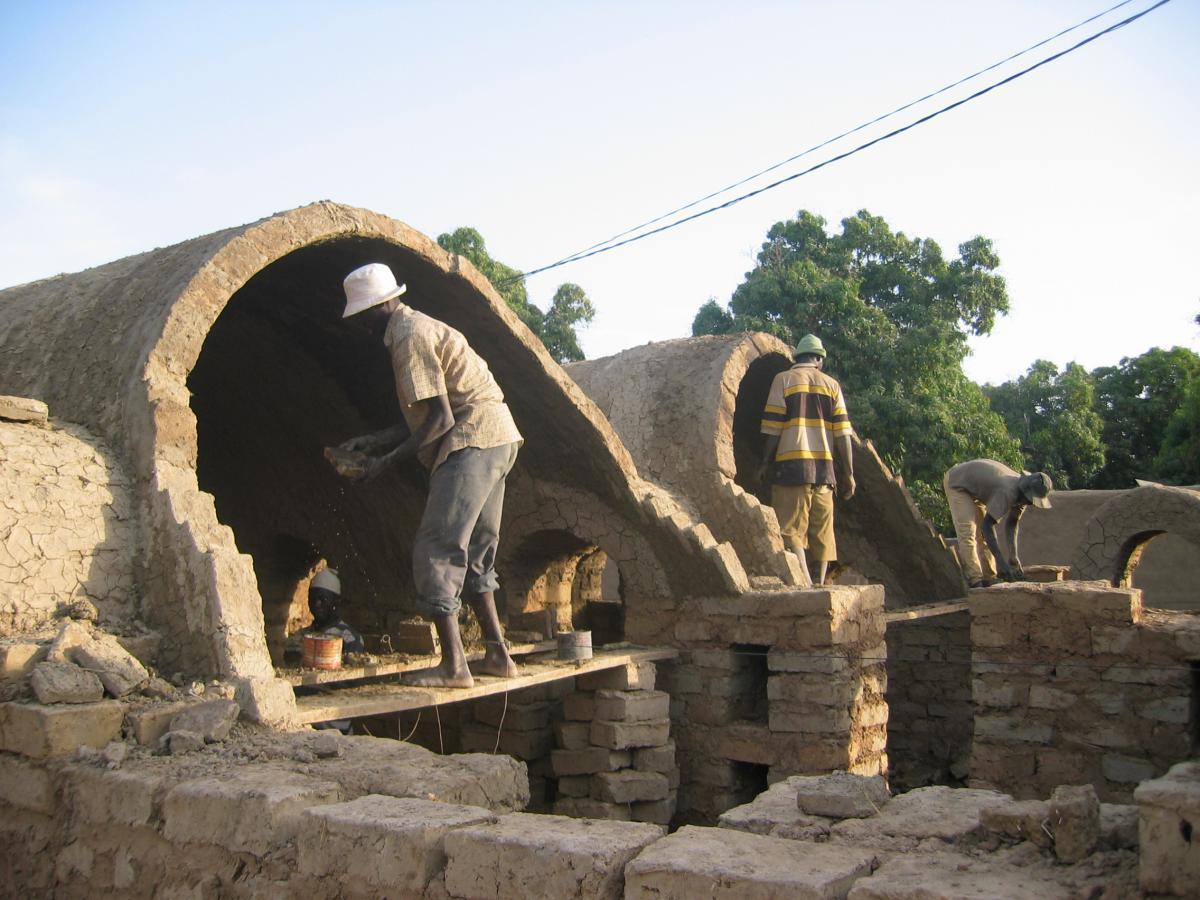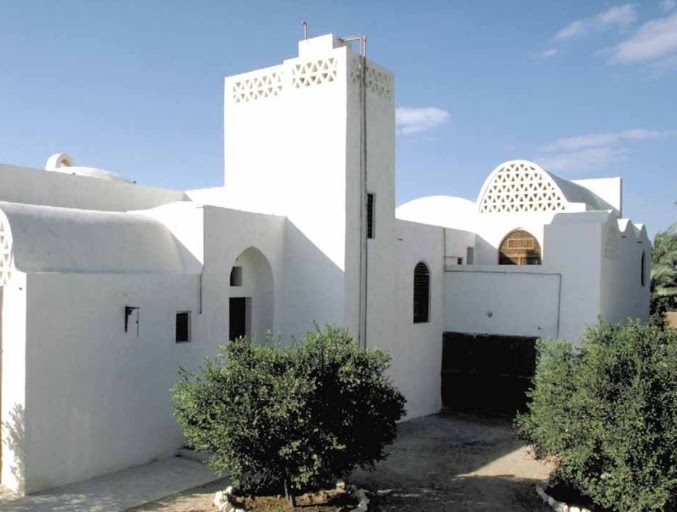#adobe
● NEWS ● #TorrentFreak #copyright #copyrights ☞ #Adobe Uses #DMCA to Nuke Project That Keeps Flash Alive, Secure & Adware Free https://torrentfreak.com/adobe-uses-dmca-to-nuke-project-that-keeps-flash-alive-secure-adware-free-211012/
This is not about #Linux , just as holes in #Adobe #Photoshop are not about #Windows (this is crafty spin and a black PR campaign https://www.darkreading.com/threat-intelligence/-fontonlake-malware-family-targets-linux-systems
#adobe now boosting #microsoft #proprietarySoftware ... not a badge of honour. Avoid Microsoft's attempt to force people to use its proprietary traps. http://techrights.org/2021/09/05/free-software-number-1-enemy/
● NEWS ● #HollywoodReporter #ProprietarySoftware ☞ #Adobe to Acquire Frame.io in Deal Valued at $1.28B https://www.hollywoodreporter.com/business/business-news/adobe-to-acquire-frame-io-deal-valued-at-1-275-billion-1235000110/
"Increasingly, proprietary software companies like #Microsoft , #Apple , and #Adobe are pushing video and audio formats that restrict access and restrict software developers." http://www.fsf.org/campaigns/playogg/en/

Alternative au béton : « Ce n’est pas un problème de faire des habitats collectifs avec de la terre »
Construire en béton émet beaucoup de CO2 et produit des déchets. Pas la construction en terre. Écologique, ce matériau est aussi disponible partout. Des maçons et des architectes se réapproprient cette technique d’avenir.
Longtemps considérée comme le matériau du pauvre, la terre apporte en réalité un grand confort de vie. Contrairement aux idées reçues, la terre est un matériau qui résiste très bien dans le temps alors que la durée de vie des immeubles résidentiels construits en béton de ciment est estimée de soixante-dix à cent ans au maximum. Disponible de manière abondante et transformée directement sur le chantier, la terre est en théorie gratuite. Alors pourquoi la construction en terre ne se démocratise-t-elle pas? https://www.bastamag.net/Alternative-au-beton-ciment-construction-en-terre-batiment-terre-et-paille-architecte-macons-ecole-d-ingenieurs
#Beton #Terre #Ecologie #constructionecologique #Torchis #Alternative #Batiment #MaisonEcologique #batimentecologique #ChantierParticipatif #Bauge #Pisé #Adobe #Local #Ciment #techniquesdeconstruction #Technique #terrepaille #savoirfaire #entraide #materiau
13 Reasonable Alternatives to Adobe's Expensive Apps
Jumping into the full suite of Adobe’s Creative Cloud apps is an expensive proposition: a $53/month setback (as of this writing) that might be overkill for your needs unless you’re producing a lot of media across a variety of formats.
You can go piecemeal, of course, but you’ll still be paying quite a bit more than your typical monthly music subscription to edit photos/videos/audio/print pages/etc. And then there are the cancellation fees, which might come as an unanticipated shock if you’re trying to get out of an annual plan early.
Not to hate on Adobe, but if you’re looking for alternatives that cost less, cost nothing, or simply aren’t as bulky to work with as some of Adobe’s apps, have a look at the linked article below. Some are fully open source too.
See 13 Reasonable Alternatives to Adobe's Expensive Apps
#technology #adobe #alternativesto
Jumping into the full suite of Adobe’s Creative Cloud apps is an expensive proposition: a $53/month setback (as of this writing) that might be overkill for your needs unless you’re producing a lot of media across a variety of formats.
https://gadgeteer.co.za/13-reasonable-alternatives-adobes-expensive-apps

Meow
#ElasticSearch, one of the database engines targeted by the #MeowDbAttack, has long had ZARRO authentication and security features in its free version.
(Security was added in only release 6.8, in May 2019, the database itself was released in 2010 https://www.elastic.co/guide/en/elasticsearch/reference/6.8/release-notes-6.8.0.html)
Instructions on securing the databse which remains unsecured by default are dated Februarry 2020:
https://www.elastic.co/blog/how-to-prevent-elasticsearch-server-breach-securing-elasticsearch
ElasticSearch is "trusted, used, and loved by" #Bayer, #Adobe, #Lenovo, #WalMart, and #Kroeger (https://www.elastic.co/elasticsearch/) and is the featured search utility on #AmazonAWS (https://aws.amazon.com/elasticsearch-service/)
The (strongly justified IMO) attack has removed nearly 4,000 unsecured databases since July 22:
One of the first publicly known examples of a Meow attack is an Elasticsearch database belonging to a VPN provider that claimed not to keep any logs.
I'd really like to hear from #ElasticNV or founder/CEO #ShayBanon. For now, crickets:
https://twitter.com/kimchy
https://twitter.com/elastic
HN: https://news.ycombinator.com/item?id=23957510
SO: https://stackoverflow.com/questions/63067062/elastic-search-indexes-gets-deleted-frequently
Vendor, service, client, and deployment bullshit like this is a major cause of my frustrations (and worse) with the IT industry.
Other targets include #MongoDB #Cassandra #CouchDB #Redis #Hadoop #Jenkins, and unsecured network-attached storage devices (NAS).
Hats off to Meow's authors.
#sysadmin #dbadmin #netadmin #devops #infosec #schadenfreude
A river somewhere in the Smoky Mountains National Park. I stopped along the side of the road and took a bunch of exposures to get the feel of movement in the flowing water. This photo is a 'stack' of five photos in Photoshop and re-edited in Lightroom. Enjoy!
#photo #photography #nikon #d700 #river #smokymountains #water #photoshop #lightroom #adobe #stack
"Vous n'êtes plus autorisés à utiliser le logiciel".
Adobe envisagerait de poursuivre les utilisateurs d'anciennes versions de Photoshop.
Tous ceux des abonné.es de Adobe Creative Cloud qui n'avaient pas encore mis à jour leurs applications depuis un certain temps seront obligés de le faire maintenant, contre leur gré et sous le coup de la menace.
Adobe, la société de logiciels graphiques, a envoyé des courriels à ses clients les avertissant qu'ils risquaient de faire l'objet de réclamations potentielles pour contrefaçon par des tiers s'ils continuaient à utiliser des versions désuètes des applications Creative Cloud.
Sont concernées par l’avis de cessation et d’abstention, les anciennes versions d'applications Creative Cloud, notamment Photoshop, Premiere Pro et Lightroom Classic, Animate et Media Director.





#HassanFathy #Egyptian #Architect #Engineer #Professor #Artist #Musician #Visionary #Inventor #Arab #Pioneer #Architecture #Mud #Brick #Adobe #Nubian #African #Building #Techniques #Earth #Vernacular #Design #Traditional #Culture #History #Egypt #Our #World
Hassan Fathy (1900 – 1989) حسن فتحي
Hassan Fathy, born in Alexandria, was a cosmopolitan trilingual professor-engineer-architect, musician, dramatist, and inventor. One of Egypt's most renowned architects. Fathy was recognized with the Aga Khan Award for Architecture Chairman’s Award in 1980.
He designed nearly 160 separate projects, from modest country retreats to fully planned communities with police, fire, and medical services, markets, schools, theatres, and places for worship and recreation. These communities included many functional buildings such as laundry facilities, ovens, and wells.
He utilized ancient design methods and materials, as well as knowledge of the rural Egyptian economic situation with a wide knowledge of ancient architectural and town design techniques. He trained local inhabitants to make their own materials and build their own buildings.
Hassan Fathy developed his own ideas, inculcating traditional Arab styles like the malkhaf (wind catcher), the shukshaykha (lantern dome) and the mashrabeya (wooden lattice screens). He designed complete communities including utilities and services, country retreats, special projects, and homes.
Hassan Fathy had already worked for decades in his beloved Egypt before he designed and built for the homeless community of Gourna, Upper Egypt,: which attracted international acclaim.
The old Gourna village was situated near archeological Pharaonic sites on the western shore of Upper Egypt. The Department of Antiquities commissioned Hassan Fathy to meet the challenge of providing a home for a poor community of 7,000 people. His solution differed drastically, not requiring the machinations of the established building industry of concrete and steel. For New Gourna he utilized natural resources using mud-brick, a signature of adobe architecture, and features of Egyptian architecture such as enclosed courtyards and domed vaulted roofing. He worked with the local people to develop the new village, training them to make the materials to construct their own buildings with. In this way, he was able to provide an environment specific to the inhabitants’ needs and revive decorative techniques that were quickly disappearing with the expansion of the Global Village.
Hassan Fathy's General Principles as Guidelines:
Belief in the primary of human values in architecture.
Importance of a universal rather than a limited approach.
Use of appropriate technology.
Need for socially oriented, cooperative construction techniques.
Essential role of tradition.
Re-establishment of national cultural pride through the act of building.
"How do we go from the architect/constructor system to the architect-owner/builder system? One man cannot build a house, but ten men can build ten houses very easily, even a hundred houses. We need a system that allows the traditional way of cooperation to work in our society. We must subject technology and science to the economy of the poor and penniless. We must add the the aesthetic factor because the cheaper we build the more beauty we should add to respect man." -Hassan Fathy
One of the most outstanding Arab architects of our time, a great inspiration ~









